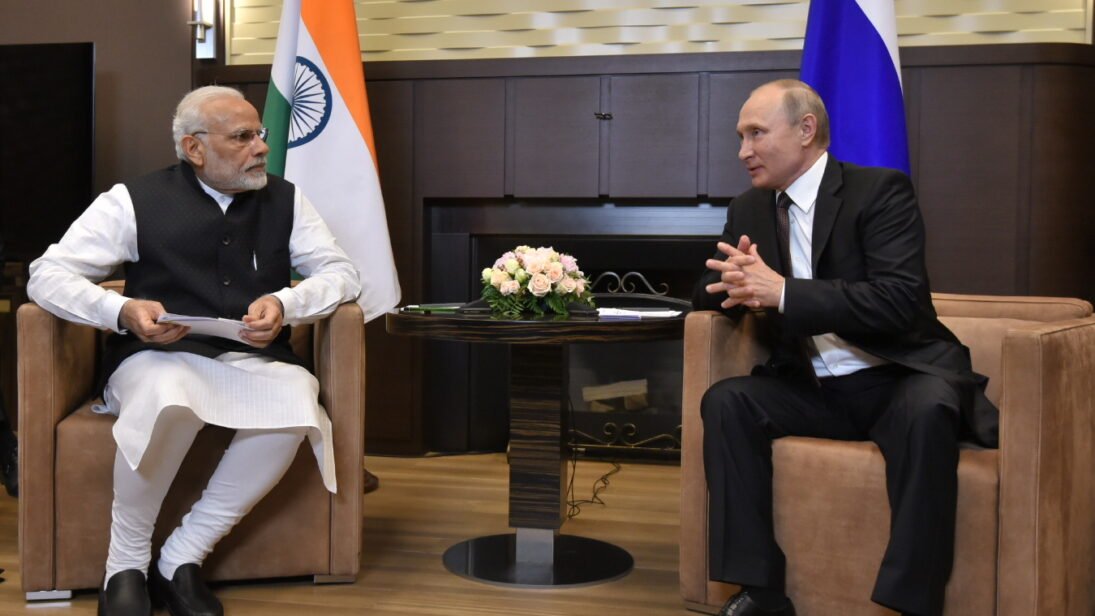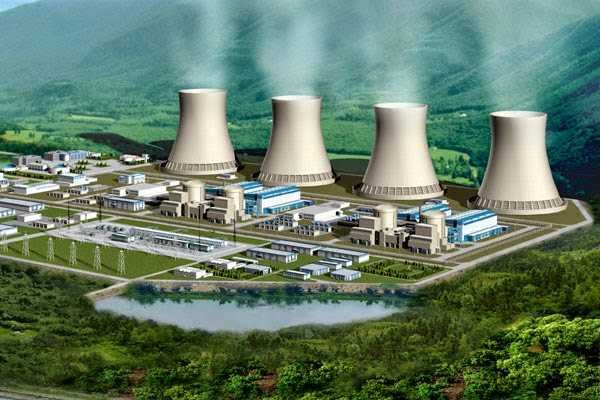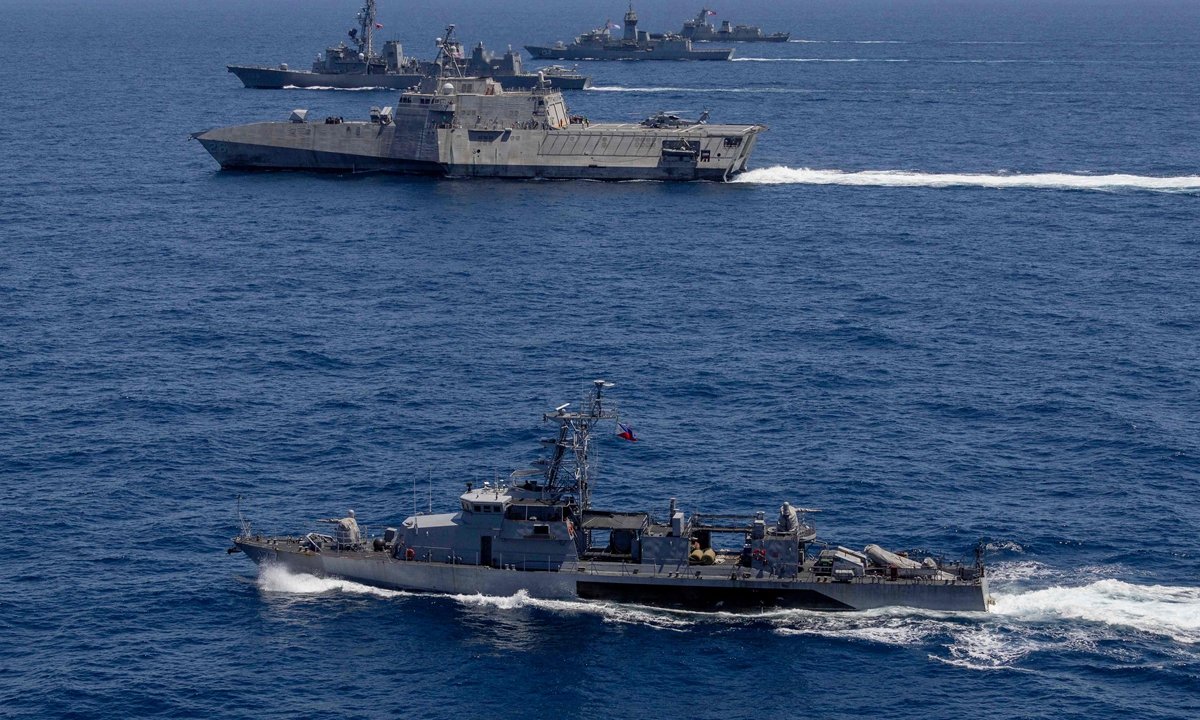







AUKUS: A Strategic Necessity, Not a Risky Gamble
AUKUS is more than just a submarine deal—it’s Australia’s strategic investment in long-term security and technological superiority. Critics argue it undermines sovereignty, but in reality, AUKUS strengthens Australia’s defense autonomy, regional deterrence, and access to advanced military capabilities. Read our latest analysis on why AUKUS is the best path forward.

ASEAN in BRICS: Another Piece of the Jigsaw in the Indo-Pacific Vision?
ASEAN’s increasing involvement in BRICS reflects a broader geopolitical shift toward multipolarity. As Indonesia, Malaysia, and Thailand explore deeper engagement with the bloc, their strategic recalibration highlights the evolving Indo-Pacific vision. With growing frustration over U.S. disengagement, BRICS offers an alternative platform for Southeast Asia to expand its influence without directly contesting Western-led global governance. What does this mean for ASEAN’s future role in global politics?

Russia-U.S. Closeness and Its Impact on India’s Defense Strategy
The evolving Russia-U.S. rapprochement presents both strategic challenges and opportunities for India’s defense policy. As India reduces reliance on Russian arms, closer Moscow-Washington ties could impact its access to advanced Russian technology. This shift reinforces India’s pivot toward Western suppliers and highlights the urgency of strengthening domestic defense capabilities.
4o

France: The Overlooked Power Shaping the Indo-Pacific
France, often overlooked in the Indo-Pacific, is a key player with a vast EEZ, military presence, and strategic alliances. It strengthens defense ties with India, Japan, and Australia while investing in regional infrastructure and climate initiatives. Balancing security, economy, and diplomacy, France positions itself as a third pole, shaping the region beyond U.S.-China rivalry.

Japan’s Potential Role in Southeast Asia’s Nuclear Energy Transformation
As global fossil fuel trade faces increasing strain from geopolitical tensions, nuclear energy is emerging as a vital alternative for Southeast Asia’s rapidly growing economies. Countries like the Philippines, Thailand, Cambodia, Vietnam, Indonesia, Laos, and Myanmar are taking steps toward developing civil nuclear energy programs. However, the geopolitics of nuclear energy remain complex, with concerns over security, nonproliferation, and the dominance of suppliers like Russia and China.
Japan, as one of the region’s most trusted economic partners, has the potential to play a pivotal role in Southeast Asia’s nuclear future. With its advanced nuclear technology, strong ties with the International Atomic Energy Agency (IAEA), and a commitment to nonproliferation, Japan could offer an alternative pathway for nuclear energy development—one that prioritizes security and safeguards while strengthening regional energy cooperation.

Sailing into Strategy: Japan, US, France Shift of Indo-Pacific Balance and Rising Tides Against China’s Expansion
Japan, the US, and France have launched joint military exercises in the Indo-Pacific, signaling a unified stance against China’s regional expansion. European naval presence in the Pacific has increased, emphasizing strategic partnerships. The drills highlight growing security cooperation amid tensions over Taiwan and China’s military assertiveness, reinforcing Indo-Pacific stability and deterrence.

China’s Rare Earth Restrictions and its Impact on the United States
On December 3, 2024, China restricted exports of refined rare earth metals to the U.S., targeting dual-use materials critical for defense and technology. With 85% of global refining capacity, Beijing’s move threatens U.S. military supply chains, particularly for F-35 fighter jets, missile guidance systems, and radar technologies. Washington faces soaring costs and a scramble for alternative sources like Australia, but China’s 23,000 REM patents and superior refining capabilities ensure its dominance. This isn’t just economic retaliation—it’s a strategic blow to U.S. military exports, forcing long-term shifts in supply chains as global competition for rare earths intensifies.

China’s EV Boom and Southeast Asia
China’s electric vehicle (EV) boom is transforming Southeast Asia, with Indonesia, Thailand, Malaysia, and Vietnam emerging as key markets. As Chinese EV supply chains mature and government incentives drive down costs, Beijing’s influence in the region grows. With EV infrastructure investment projected at $2.8 trillion by 2030, China’s dominance in green technology poses a strategic challenge for Washington.

Unveiling Air Dominance: China’s Sixth-Generation Aircraft and the Indo-Pacific Balance
IPSC Fellow Brandon Tran, a West Point international affairs and Chinese double major, highlights the unveiling of China's J-50 and J-36 sixth-generation aircraft as a pivotal moment in Beijing's military modernization. These reveals not only challenge U.S. air dominance but also serve to bolster nationalism and assert China’s ambitions in the increasingly contested Indo-Pacific region.



Upcoming Quad Foreign Ministers' Meeting to Tackle Critical Indo-Pacific Issues
The Indo-Pacific region is set to witness another significant diplomatic engagement as the foreign ministers of Japan, the United States, Australia, and India prepare to convene in Tokyo on July 29 for the highly anticipated Quad foreign ministers' meeting. This gathering aims to address a host of pressing regional issues, reinforcing the QAUD’s commitment to maintaining stability and promoting a rules-based order in the Indo-Pacific.


